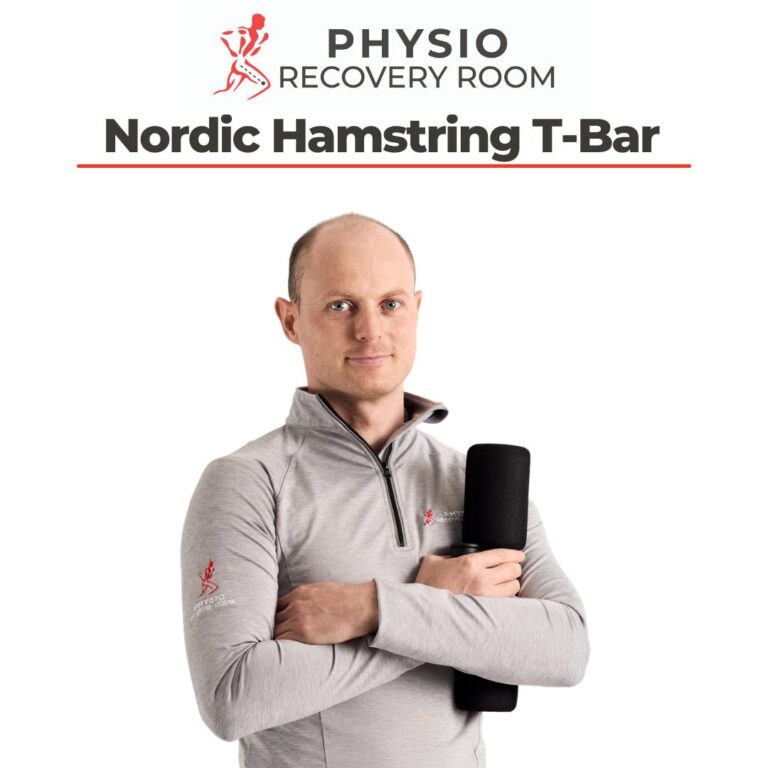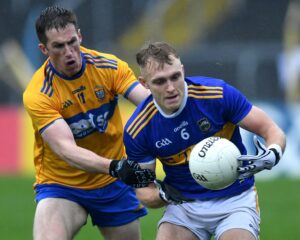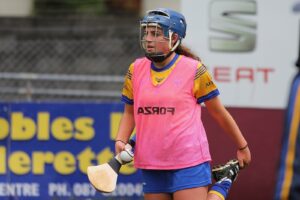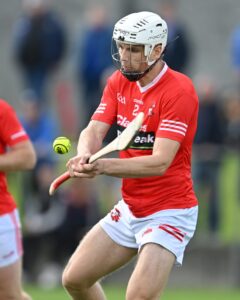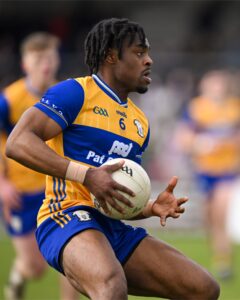An Ennis man is leading the charge in the attempt to cut down on the amount of hamstring injuries impacting the performance of athletes.
Damien McMahon who set up Physio Recovery Room in June of last year has now created the Nordic Hamstring T-Bar which in association with Nordic exercises cuts down hamstring injuries by fifty one percent.
Last winter after receiving feedback from athletes on the difficulty of doing Nordic exercises, Damien discovered that nothing existed which was compact and transportable to assist them in this regard. From here, he spoke with a manufacturer and this led to the birth of the Nordic Hamstring T-bar in February.
Ordinarily a door or the end of a rack in a gym is used as an anchor point for the T-Bar. The bar is cushioned at either side to protect heels and Achilles tendon, the strap is then fastened or adjusted depending on shoe sizes before the athlete slowly lowers to the ground as part of the Nordic exercise which McMahon recommends completing twice a week for athletes in-season.
Several inter-county hurlers and footballers are already using the T-Bar including Tony Kelly and Darren O’Neill “I’ve been taken aback by the demand, I launched it online through my website and from that most of the demand has been from there. Physio Recovery Room uses platforms like Facebook and Instagram to highlight the function of it and performing the exercise as well. I want to try and launch it a bit further and get other clubs to use it to help them reduce hamstring injuries,” Damien outlined.
Based at the Quin Rd Business Park in Ennis, Damien is hopeful the product will help athletes “The product has not been out there, many athletes are been advised to do the Nordic exercise to reduce hamstring injuries as we know the Nordic exercises reduces hamstring injuries by 51 percent, if you’re a field athlete you should be doing Nordic exercises because you want to reduce your chances of injury, it is not just targetting one sport it is anybody that does high-speed running”.
High-speed running training will also limit the risk of hamstring injuries occurring, the Ennis man stated. “High-speed running training has really helped the athletes in the lockdown this year rather than last year when a lot of athletes were using their 5kms as their main fitness without thinking of the sport returning too. They sat down with their strength and conditioning coaches this year and rationalised when they went back to sports they had to do faster running, I think that was brought in pre-season this time. From talking to the athletes that you do meet, the majority of them did do that and it can be a very positive thing to reduce hamstring injuries as well, it is not just about the Nordic exercises, hamstring injuries can be reduced by sprint training as well, I’ve always been advising the Nordic exercise as it is an evidence based exercise that illustrates the benefit of reduction in hamstring injuries time and time again”.

